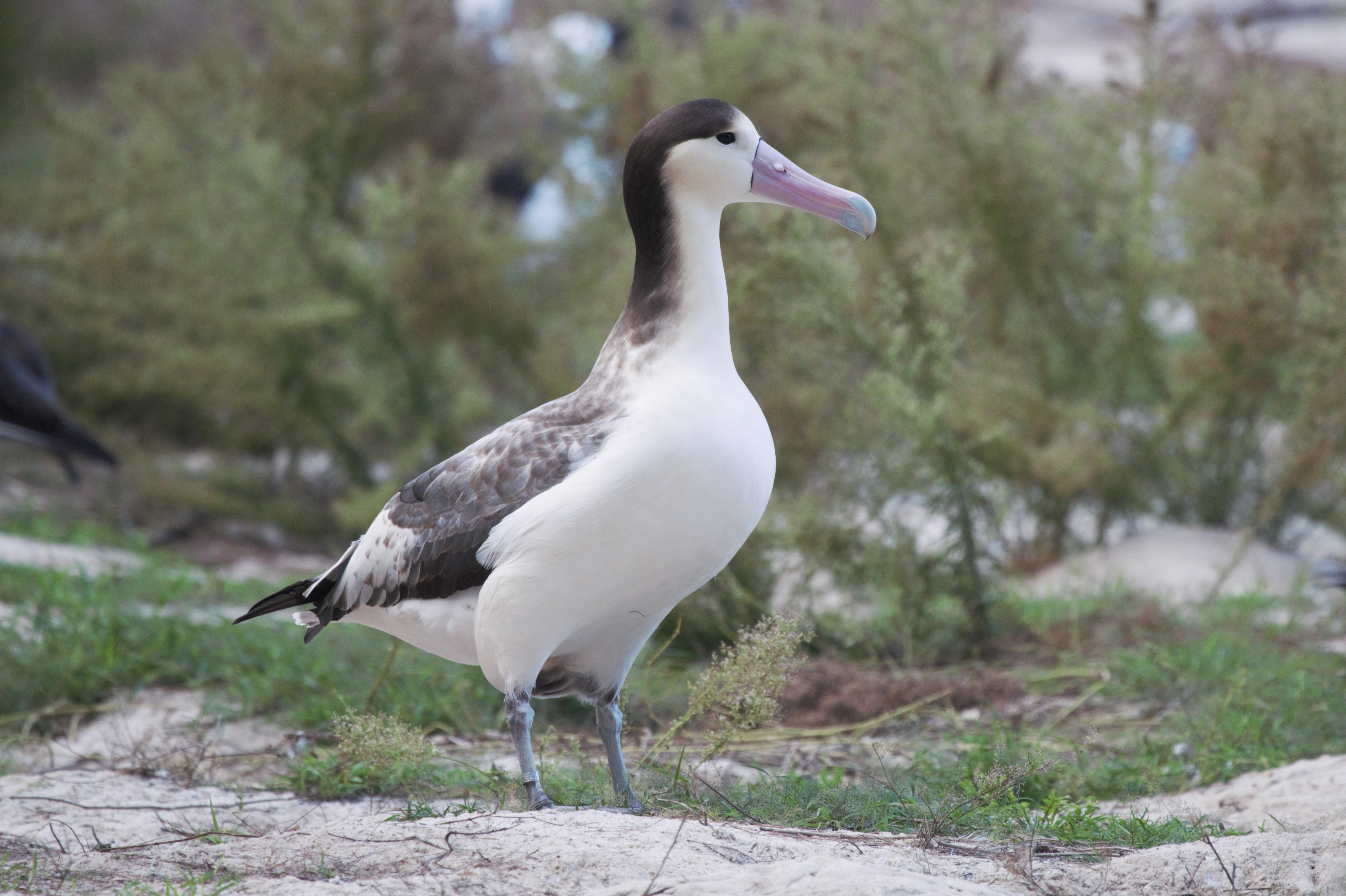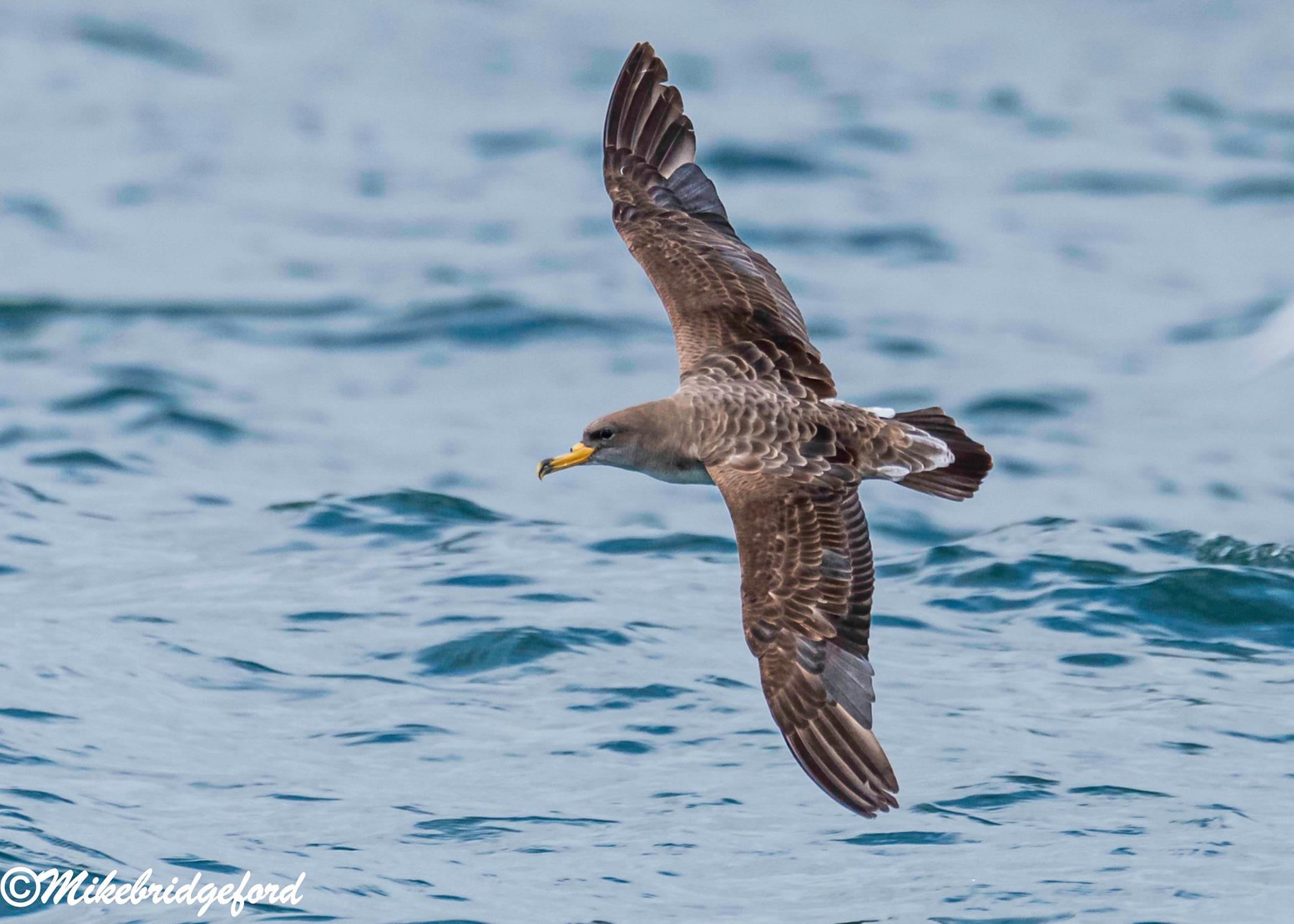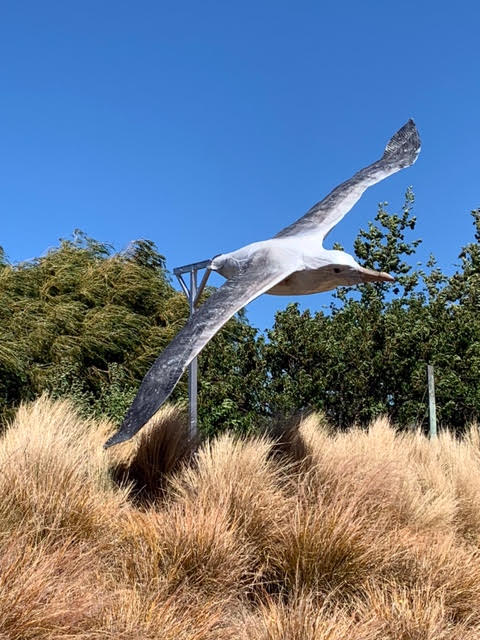
“Jessica” can be spotted by passing traffic from the road
Keith Springer, Operations Manager for the Mouse-Free Marion Project, is based in New Zealand. He wrote to me recently on an unexpected sighting of an albatross in his home country: "I was driving through Cromwell (far, far [119 km] from the sea!) recently en route to Glenorchy and passed a massive albatross sculpture on the roadside.” Intrigued, and with Keith’s help, I found the Facebook page “Wyeth Design” of the sculptor, Mark Wyeth and made contact.
Mark describes himself as an artist working with “artwork, sculptures, restored furniture [and] upcycled bespoke one-off design pieces”. His roadside albatross which he erected in December last year has a 3.6 m wingspan and has been whimsically named Jessica (after a female actor*).
Watch a 2m 26 s video depicting Jessica the albatross, mounted roadside with other sculptures, by Mark.
Mark Wyeth writes of his creation: “Living on the outskirts of Cromwell, we are the furthest by road to the sea than any other place in New Zealand. For that reason, I have made an albatross to represent our beautiful skies and winds that carry in all directions. The Maori meaning [Toroa] for this bird is “beauty and power” in literature and culture it is “mystery and fortune “. A truly amazing bird, they can fly up to 11 8000 km a year, sometimes falling asleep as they fly. They have the largest wingspan of any bird of up to 3.6 metres and this sculpture is exactly that. Some species are thought to live to 70 years, normally only have one partner and can produce offspring up to the age of 60”. He concludes: “So next time you look up and out into the blue yonder, even though you are so far from the ocean, the sky we see is the same one we share with this amazing species, it joins us all.”
Mark says his sculpture garden is still in the development stage. He adds that “Sculpting for me is to touch, remind, reflect and to make people think about why and who they are. “Jessica” isn’t to take them away from real life for a moment, but to bring them back to reality, nature does that, to forget that you forget who you are”.
ACAP Latest News has posted from time to time on albatross sculptures around the world. Click here for some other examples on Isla de Hornos, Chile, on Santa Cruz, Galapagos, Ecuador and on Midway Atoll, USA. Another is to be found in Watchet, Somerset, United Kingdom. Sadly, no giant petrel statues tracked down yet!
With thanks to Keith Springer and Mark Wyeth.
*Jessica Alba (tross)
John Cooper, Emeritus Information Officer, Agreement on the Conservation of Albatrosses and Petrels, 22 February 2024

 English
English  Français
Français  Español
Español 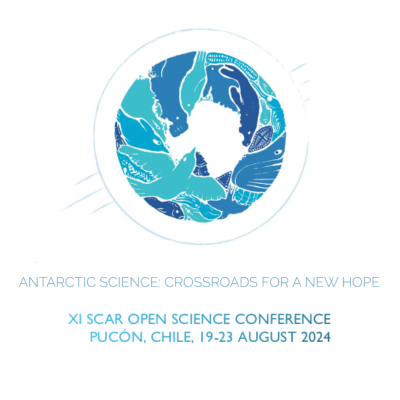 Abstract submission for the 11th SCAR Open Science Conference is now open. The conference, themed, “Antarctic Science: Crossroads for a New Hope," is being held in Pucón, Chile, from 19-23 August 2024.
Abstract submission for the 11th SCAR Open Science Conference is now open. The conference, themed, “Antarctic Science: Crossroads for a New Hope," is being held in Pucón, Chile, from 19-23 August 2024.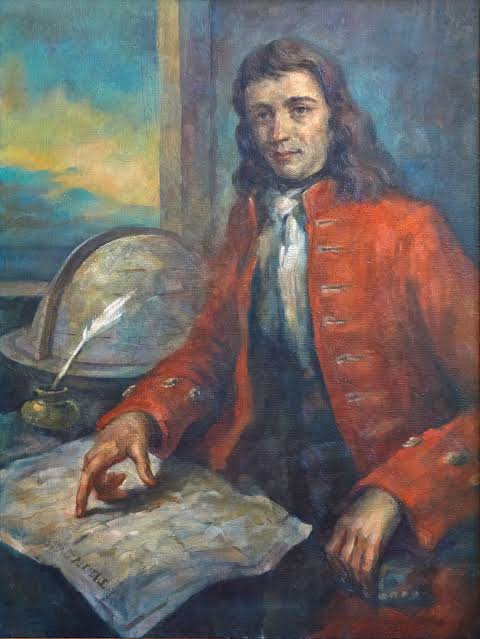 Georg Steller, 18th Century German botanist, zoologist, physician and explorer. Artwork courtesy of the Center of Russian-German Cooperation of Georg Wilhelm Steller, University of Tyumen
Georg Steller, 18th Century German botanist, zoologist, physician and explorer. Artwork courtesy of the Center of Russian-German Cooperation of Georg Wilhelm Steller, University of Tyumen